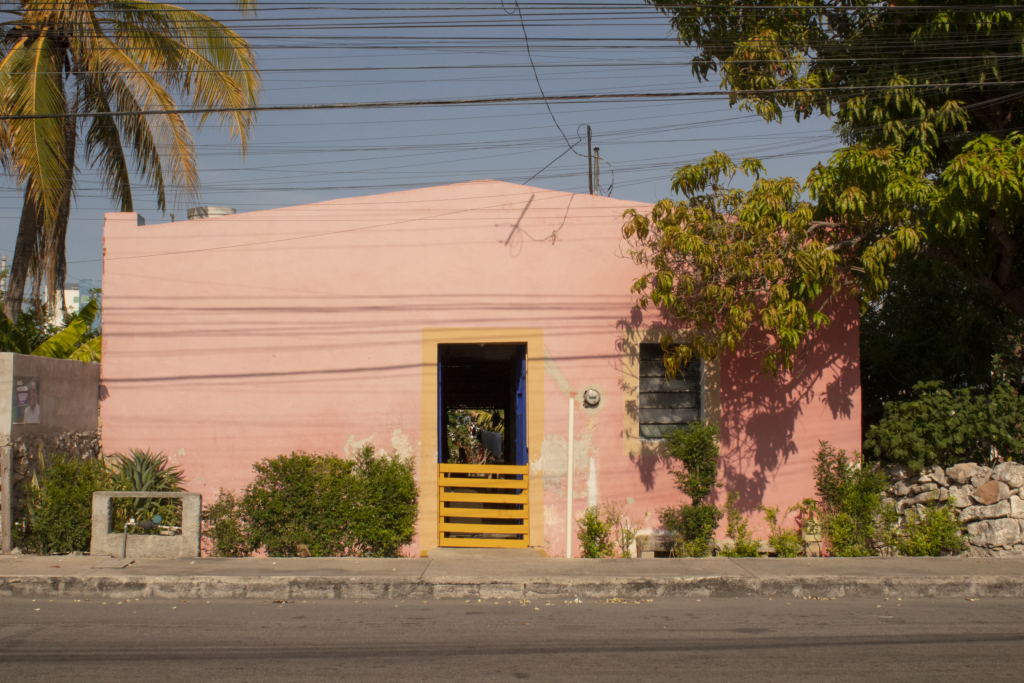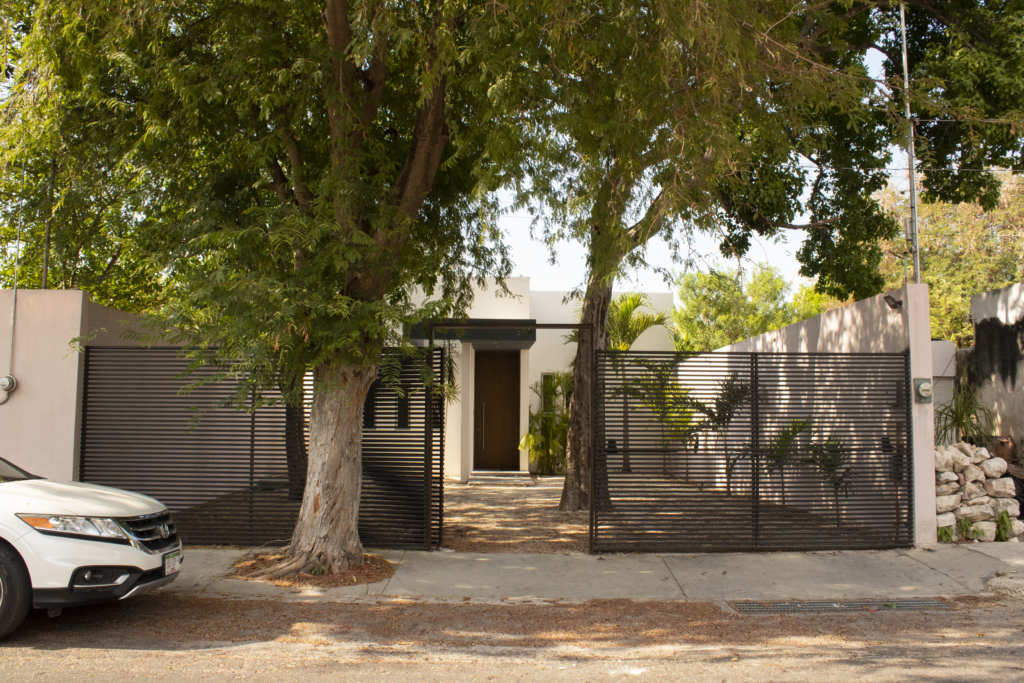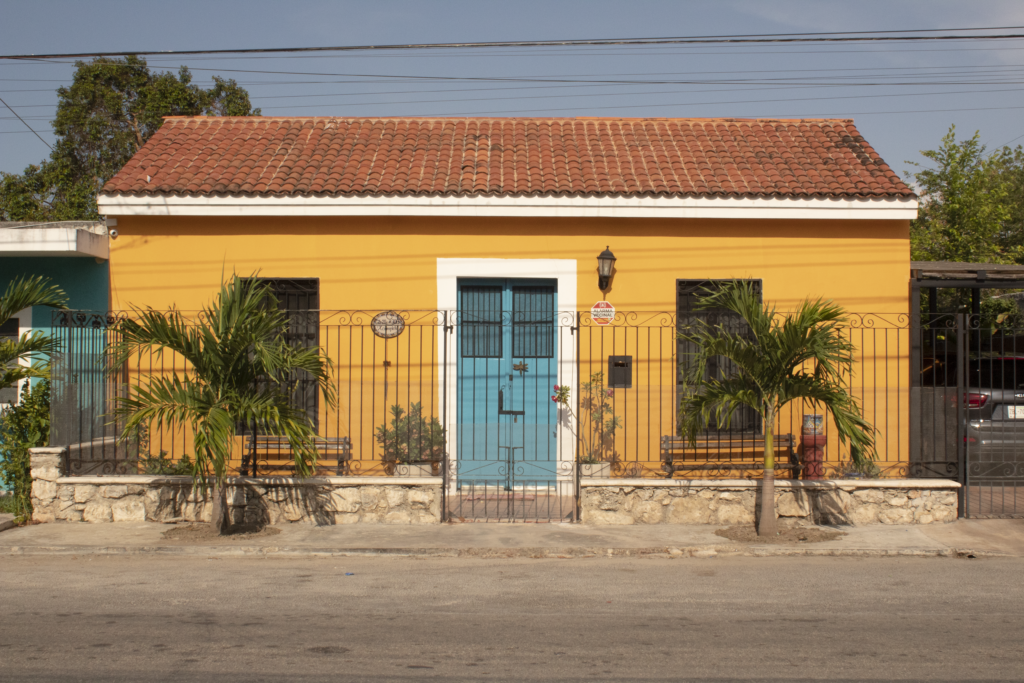With the growth of Mérida, different precincts and municipalities have become part of the urban sphere. The city has absorbed parks, green areas, and even haciendas located on what was previously the outskirts of the city.
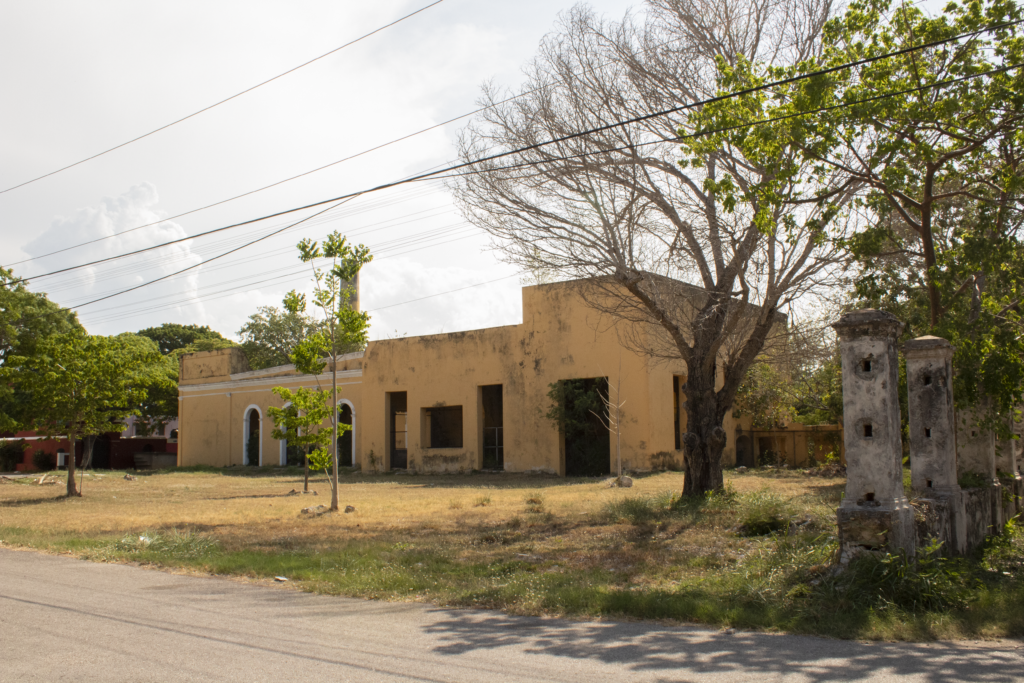
One example is Xcumpich municipality, 10.5 kilometers from the center of the city, but still well within the Periférico.
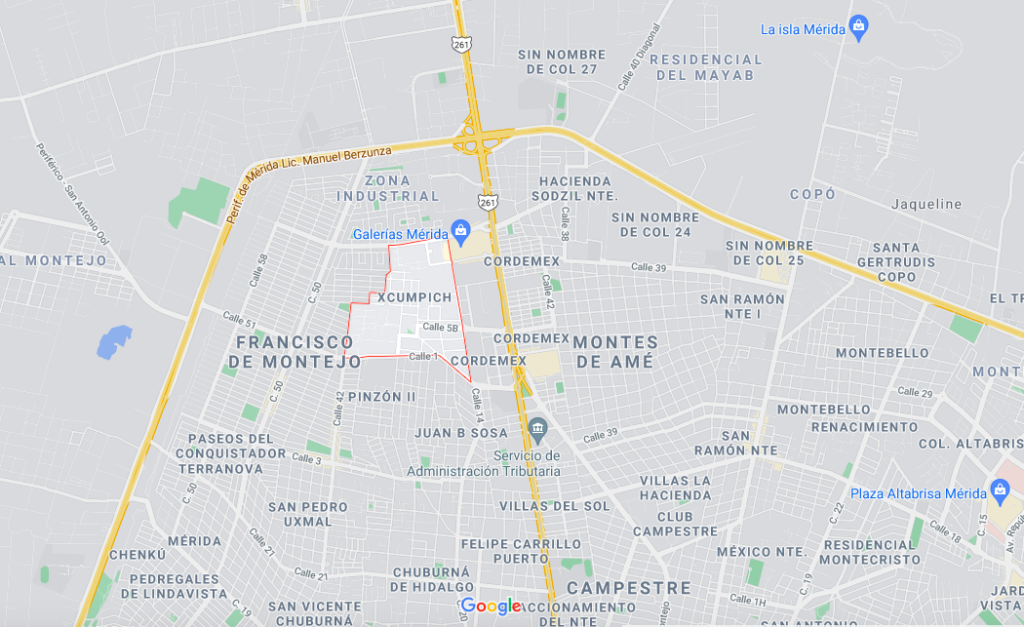
There are several theories about the meaning of Xcumpich, but the most common is tree of the hollow, since k’óom means hollow and pich refers to a tree whose fruit resembles big ears (centerolobium cyclocar pum).
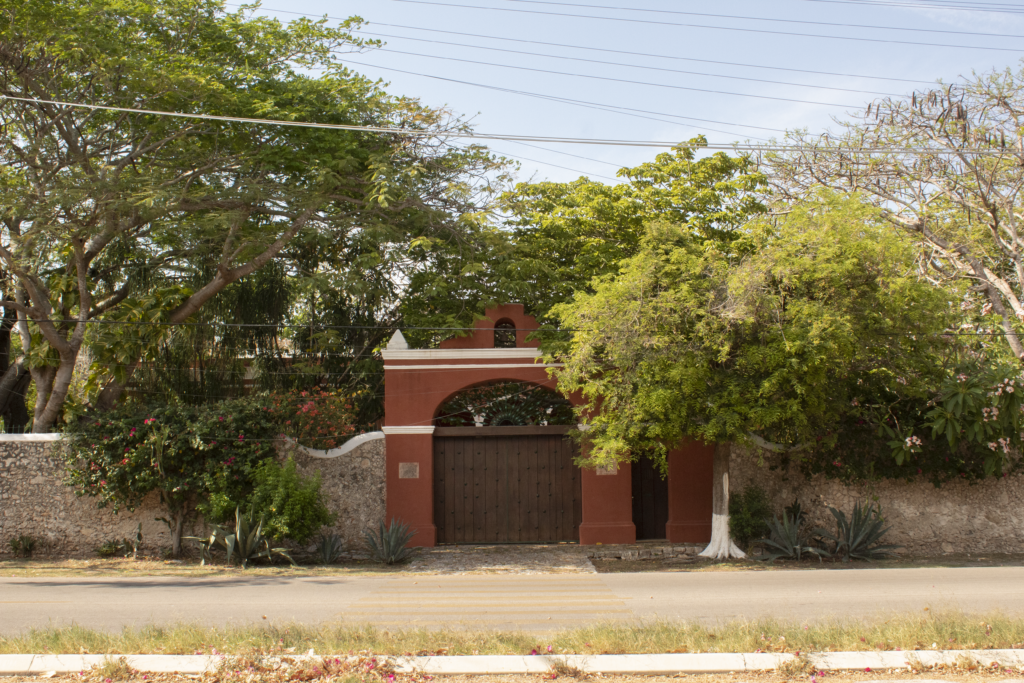
The main house of Hacienda Xcumpich, now a private residence. 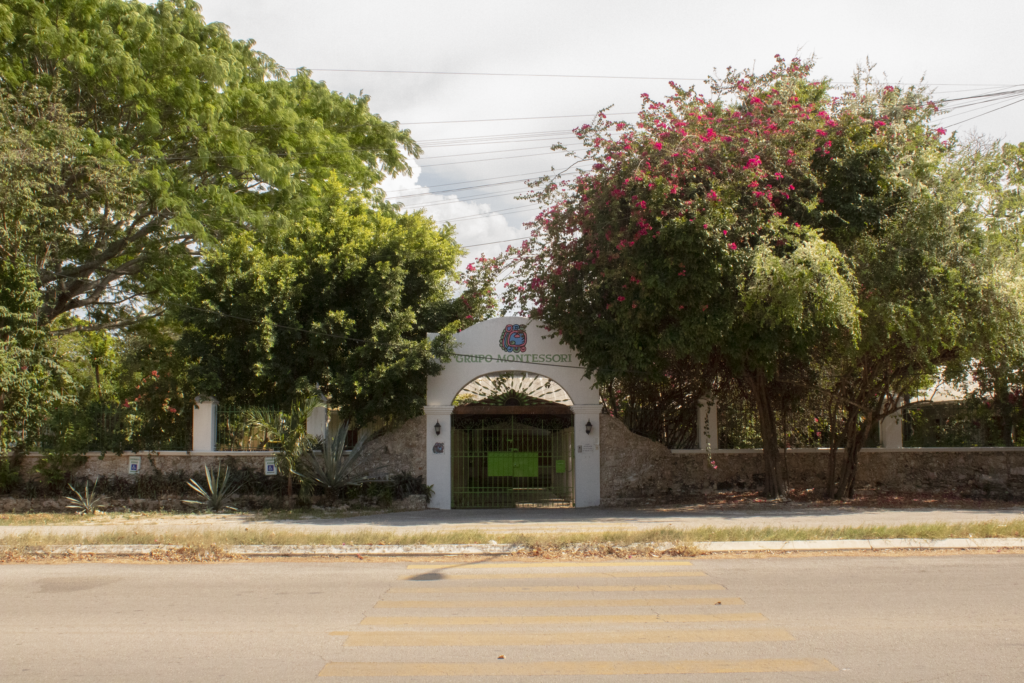
Montessori Xcumpich, a private school.
Today it is properly within the urban limits. The old henequen hacienda, adjacent to the old Cordemex facilities, is now a private mansion.
It had its golden age during the henequen boom.
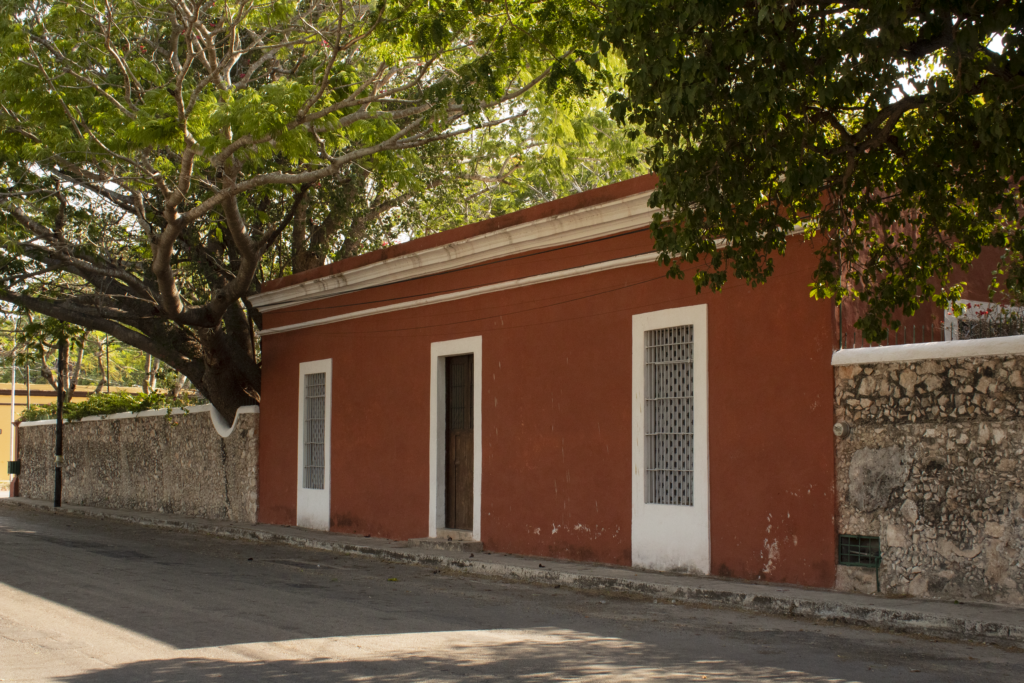
In 1889, Xcumpich was one of 79 haciendas near Mérida’s outskirts and was owned by Audomaro Molina Solís, the brother of Yucatán’s former governor, Olegario Molina Solís, head of one of the most powerful families of the time.
Green spaces are abundant. Until a few years ago, vaquerías and bullfights were held in the commissary’s main park. These areas have been repurposed into public spaces, with playgrounds, sports fields, and the original church from the hacienda era. They are flanked by public schools at each end of the park.
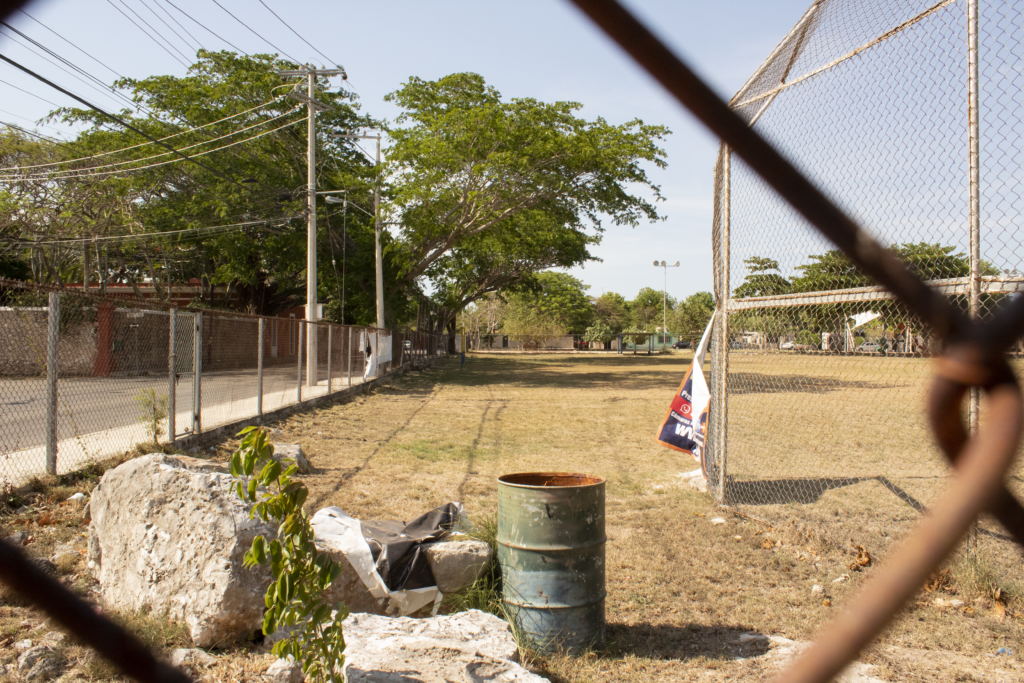
Xcumpich soccer field. 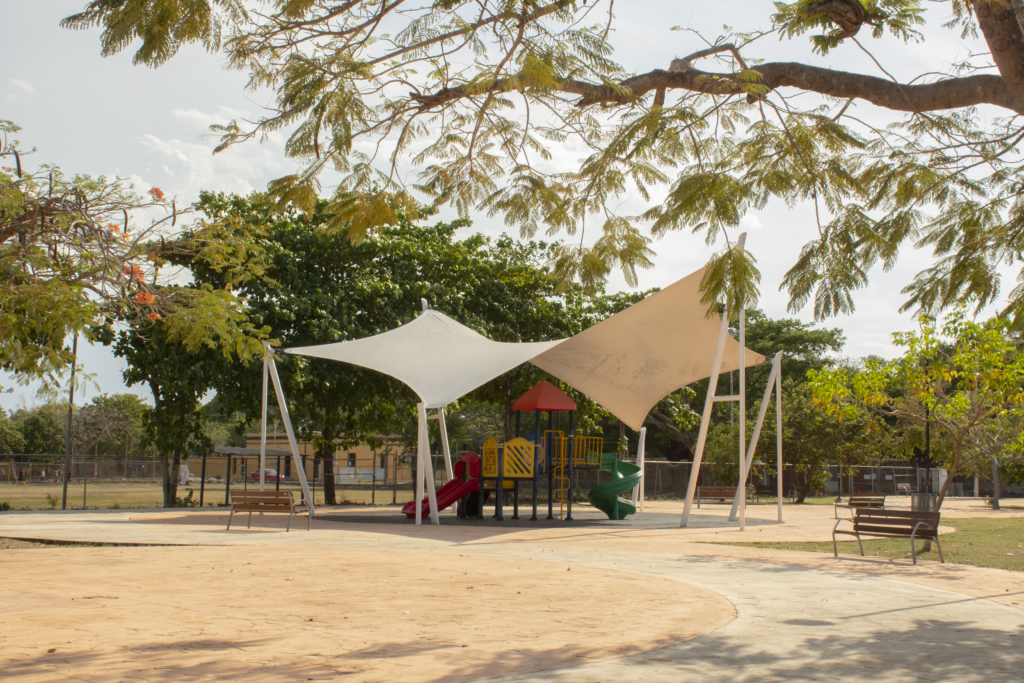
Children’s playground in Xcumpich park 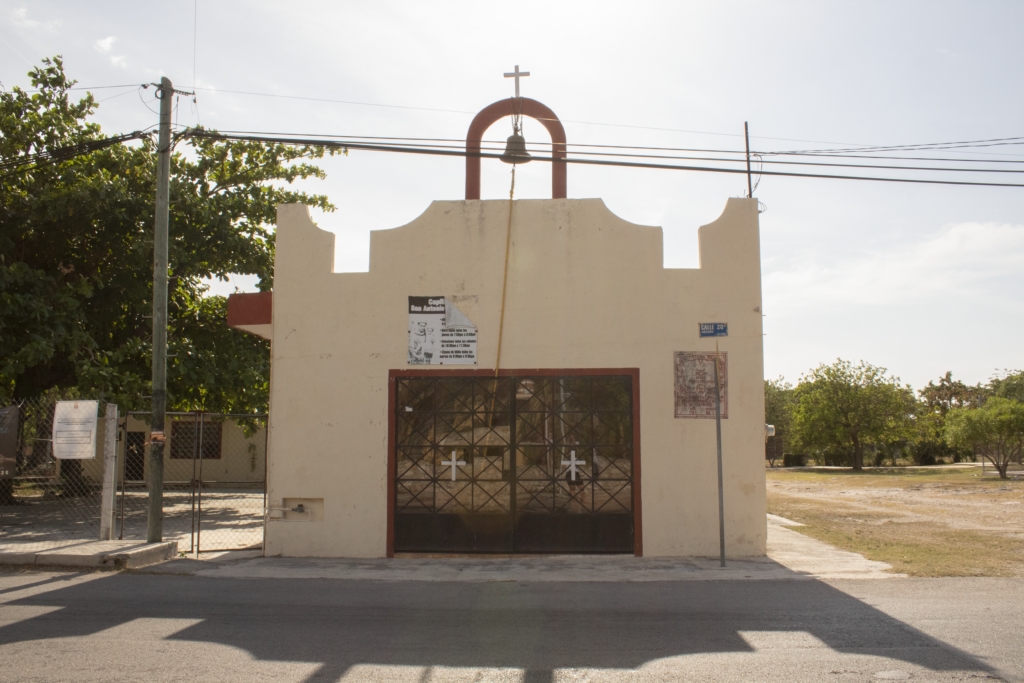
Xcumpich’s church.
As a neighborhood resident for over seven years now, I’ve seen my surroundings slowly shift from a semi-rural zone to a cosmopolitan area. Thankfully, many of the original structures remain.
Today, it is primarily a residential area with a commercial corridor that connects to Siglo XXI convention center.
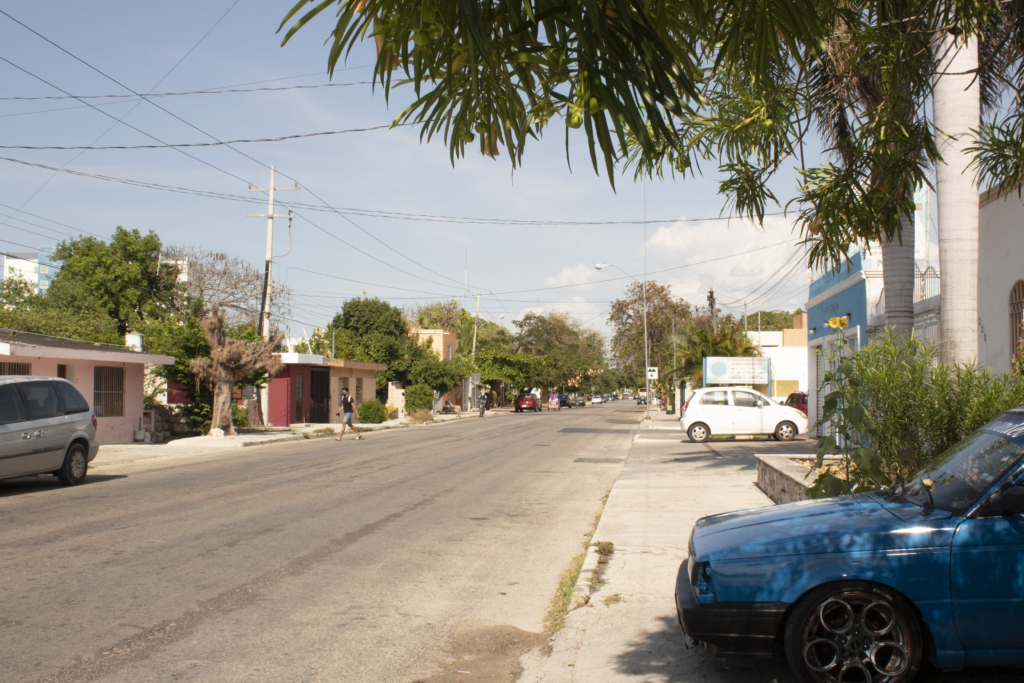
It has retained the relaxed feel of a Yucatecan pueblo, unlike its busy neighboring districts, Francisco de Montejo and Chuburná. The main park is a popular destination, not only for those of us who live nearby but for residents of neighboring communities.
The revolution in the area is present in the architecture around the neighborhood. Houses of varied styles have popped up and now co-exist with the previous buildings, creating an eclectic mix of simple, typically Yucatecan homes with modern, colorful expressions.
Houses and apartments range at different price points but tend to start at 3 million pesos or US$150,000. For a fancier, bigger option, the main Hacienda Xcumpich is for sale at around US$1.6 million.
Popular shops and plazas are nearby. Plaza Galerías, Costco and El Gran Museo del Mundo Maya are only five minutes away.
The main pavilion connects the commissary office with the Montessori Xcumpich, a private elementary school, and the main house of the hacienda. The street ends with a huge ceiba tree surrounded by pitayas, the natural focal point of the neighborhood.
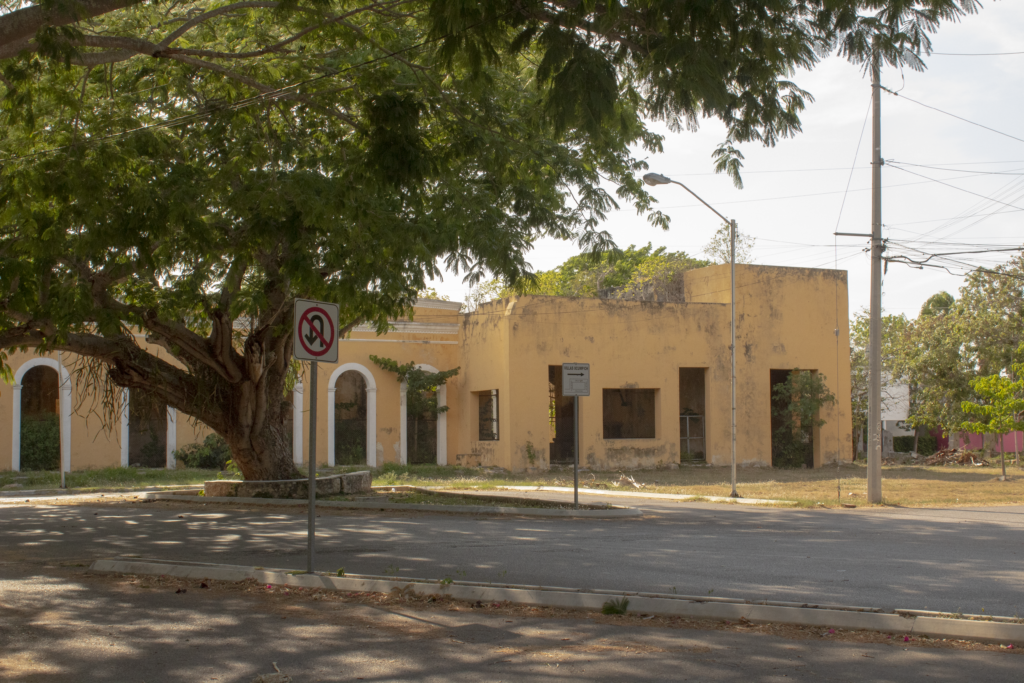
The Xcumpich neighborhood has been preserved amid Mérida’s cosmopolitan development. Its parks and public areas remind us that, within modernity, there is value in nature and community.






